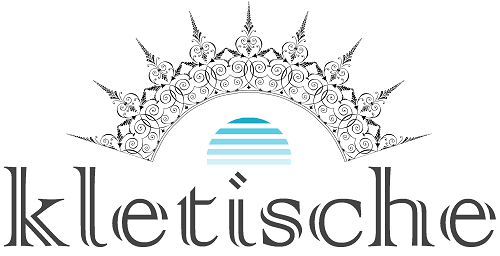How to Disengage From Small-Talk Nicely
If your mind is on matters more important, being pressured to participate in small-talk with those around you can be a torturous ordeal. You’ll risk diverting your focus from important maters, waste time you should be spending elsewhere, and feel a general lack of productivity while engaging in it. There is a time and place … Read more
